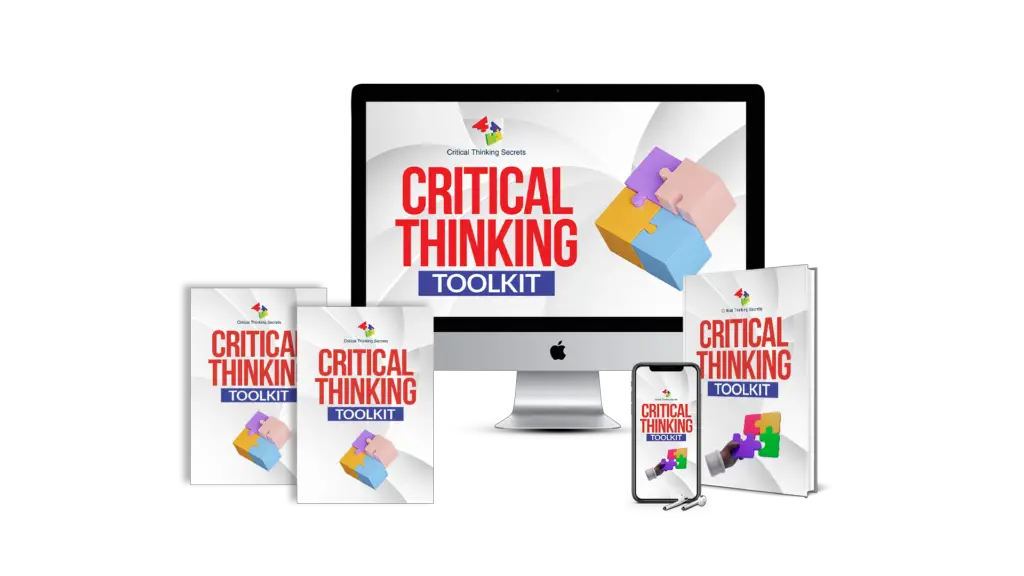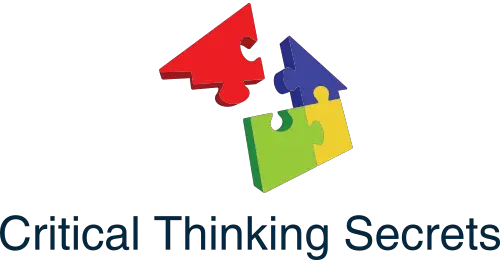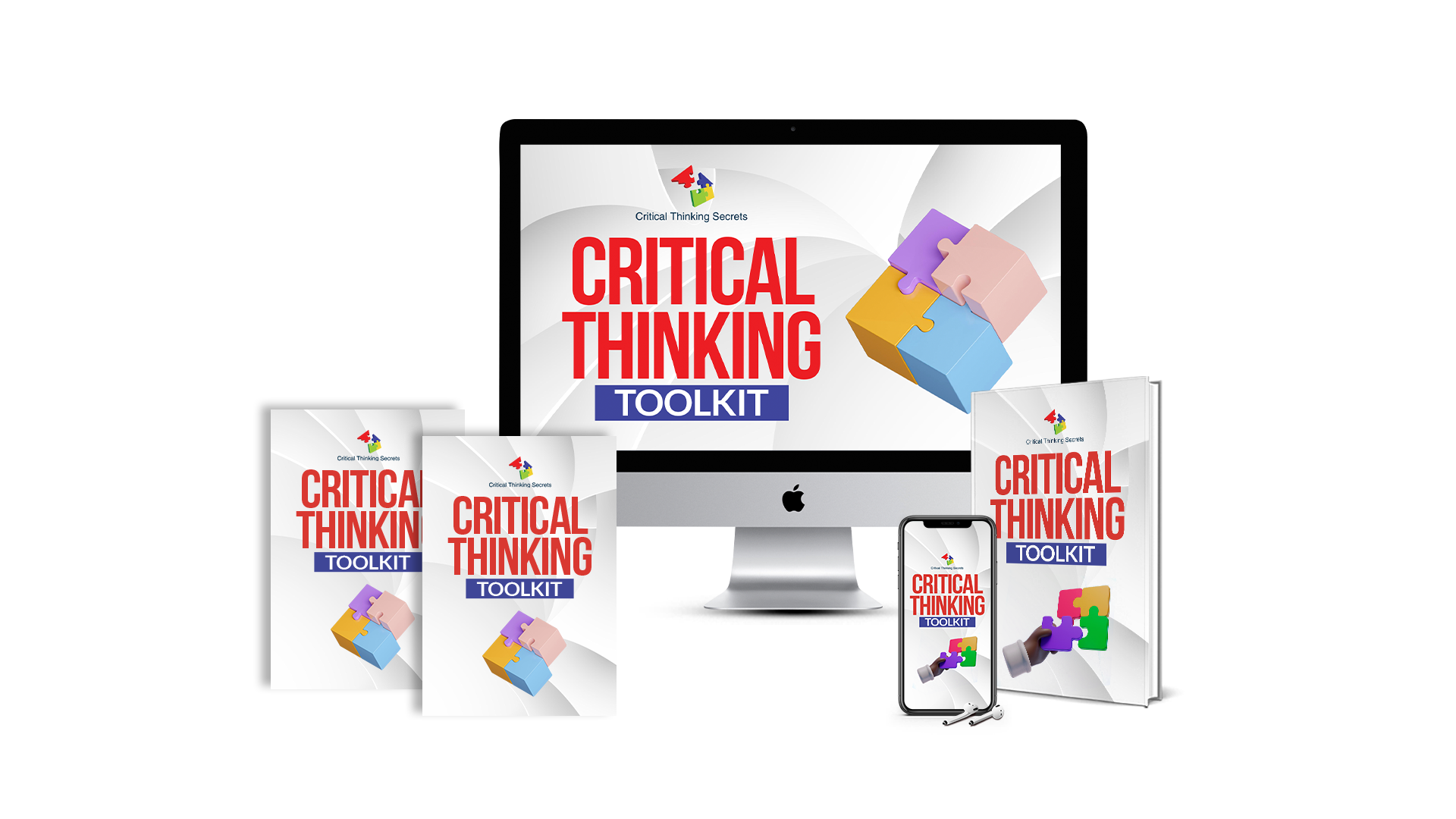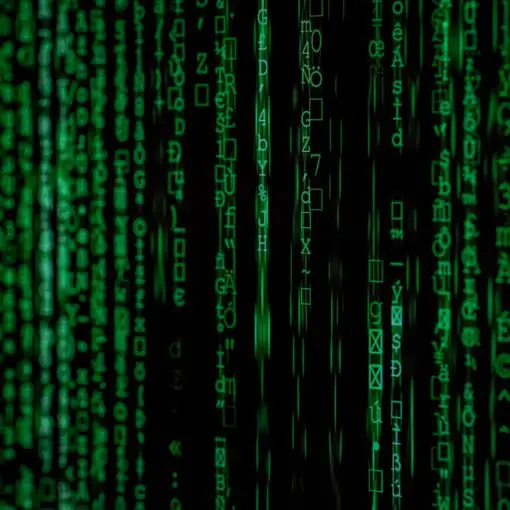Critical thinking is a key skill for making good decisions, solving problems, and understanding complex issues. A toolkit for critical thinking gives students and general readers easy-to-use tools to sort facts from opinions, ask the right questions, and analyze information clearly.
With the right techniques, anyone can approach problems with more confidence and dodge common mistakes in reasoning. Many people find the idea of critical thinking overwhelming, but it doesn’t have to be complicated.
The right toolkit can offer an accessible introduction to the basics. These skills work in school, at work, and in everyday life.
Tools like analyzing arguments, spotting biases, and checking sources help readers make smarter choices in any field. You really don’t need to be an expert to start using them.
Key Takeaways
- A critical thinking toolkit includes clear methods for analyzing and evaluating information.
- These skills are useful and accessible for both students and general readers.
- Learning core thinking techniques helps people solve problems in many areas of life.
Core Components of a Toolkit for Critical Thinking
A toolkit for critical thinking gives you structured ways to examine information, form judgments, and avoid common mistakes in reasoning. It draws from philosophy and psychology, using hands-on tools that work for both students and professionals.
Essential Reasoning Skills
Critical thinking starts with clear, logical reasoning. You need to separate facts from opinions, spot assumptions, and catch errors in arguments.
Skills like telling inductive from deductive reasoning, making analogies, and understanding cause and effect all belong in a solid toolkit. Using argument maps and logic tables helps break down complex ideas.
Resources such as The Philosopher’s Toolkit and The Critical Thinking Toolkit offer exercises and real-life examples. Many philosophy and psychology courses use these methods, so students can practice reasoning in debates and writing.

Evaluating Evidence and Arguments
Effective critical thinkers know how to weigh evidence and judge the strength of arguments. This means checking the quality and credibility of sources, the relevance of the evidence, and the logic linking everything together.
Good tools teach you to look for missing information, inconsistent data, and unsupported claims. Tables and checklists often help people compare evidence side by side.
For instance, when reading scholarly articles, you might use a checklist to see if the research really supports its conclusions. Practical exercises in The Critical Thinking Toolkit and similar guides help you practice critiquing arguments in news, ads, and academic texts.
Recognizing Cognitive Biases
Cognitive biases can trip you up, even if you use logic and evidence. Confirmation bias makes people favor information that fits their beliefs, while availability bias lets vivid examples overshadow real statistics.
Critical thinking toolkits often include lists and real-life scenarios to help you spot these biases in your own thinking. Exercises might ask you to look at recent decisions and find patterns of bias.
By recognizing and understanding these biases, you can make better choices—whether you’re at work, in school, or just dealing with daily life.
Applying Critical Thinking Across Disciplines
Critical thinking skills help people analyze information, make better decisions, and untangle complicated problems. These abilities matter in education, social sciences, technical fields, and regular life—pretty much everywhere.
Critical Thinking in Education and Everyday Life
Students and general readers use critical thinking to question assumptions, weigh evidence, and reach logical conclusions. In the classroom, teachers encourage these skills through debates, writing assignments, and Socratic questioning.
These methods help learners understand new ideas and communicate better. In everyday situations, critical thinking can guide choices—whether you’re solving a conflict or figuring out how to spend money.
Tools like organized note-taking and logical mapping help break big problems into manageable pieces. Having an accessible introduction to the critical thinking toolkit is valuable for all ages.
- Better understanding of complex information
- Improved decision-making skills
- Increased independence when solving problems
Toolkit Applications in Social Sciences
In fields like sociology, psychology, and political science, the critical thinking toolkit helps evaluate arguments and spot bias. Researchers rely on logical reasoning when examining studies about social trends, race, or gender.
They use clear questioning, fact-checking, and comparisons to other cases. The toolkit lets them break down arguments by weighing evidence and catching faulty logic.
Psychologists use critical thinking to avoid jumping to conclusions about behavior. Sociologists use it to spot deeper social causes, and political scientists analyze policy debates with it.
- Asking pointed questions to clarify data
- Comparing different theories
- Understanding context and perspective
There’s more on these approaches in the Critical Thinking Toolkit PDF.
Engineering and Technical Contexts
Engineers and technical workers rely on logical thinking to design systems, solve problems, and predict risks. The critical thinking toolkit helps them analyze errors, check calculations, and test solutions.
Step-by-step reasoning and careful analysis stop simple mistakes from becoming bigger issues later. In technical fields, people often use flowcharts, troubleshooting guides, and project checklists.
These tools help teams communicate and catch errors early. Engineers often work in groups, so shared critical thinking frameworks keep things on track.
- Breaking down technical problems into smaller steps
- Using checklists to review assumptions
- Testing designs against real-world limits
The Critical Thinking Toolkit offers methods that fit well in engineering and tech settings.
Frequently Asked Questions
A toolkit for critical thinking includes specific skills, tools, and reliable resources. Both professional guidance and self-study play important roles in building these abilities.
What are the essential components of a critical thinking toolkit?
A strong toolkit contains tools for analyzing, evaluating, and questioning information. These include question matrices, frameworks for spotting assumptions, and strategies for telling facts from opinions.
Learners often use checklists and graphic organizers to examine arguments and gather evidence quickly.
How can one develop critical thinking skills using professional resources?
Professional resources like courses, workshops, and study guides help build critical thinking skills. Many use structured approaches so learners can question information and assess possible outcomes.
Skill-building exercises from experts guide you through practical scenarios and case studies.
Which critical thinking tools are effective for educators to employ in classrooms?
Educators find question matrices, open-ended questioning, and group discussions especially useful for promoting critical thinking. Tools like The Critical Thinking Toolkit’s Question Matrix help students generate questions, analyze info, and connect ideas.
These methods encourage deeper engagement and understanding during lessons.
What methods are available to assess critical thinking proficiency?
Assessment tools include standardized tests, performance tasks, rubrics, and written reflections. Teachers use open-ended questions and real-world problems to see how well students apply critical thinking strategies.
Rubrics give structured feedback and help measure growth over time.
Can critical thinking mastery be achieved through self-study, and what resources are most reliable?
Self-study can lead to mastery if you use reliable materials. Trusted books, online courses, and educational toolkits let people learn and practice at their own pace.
Many learners like critical thinking toolkits that offer clear steps, questions, and exercises for daily use.
What are some recommended books that focus on enhancing logic and critical thinking?
Some great books for sharpening your logic and critical thinking are “Thinking, Fast and Slow” by Daniel Kahneman and “Critical Thinking” by William Hughes.
You might also want to check out “The Demon-Haunted World” by Carl Sagan. These books dive into important concepts, common logical fallacies, and practical ways to reason more clearly.





